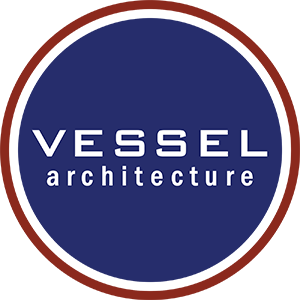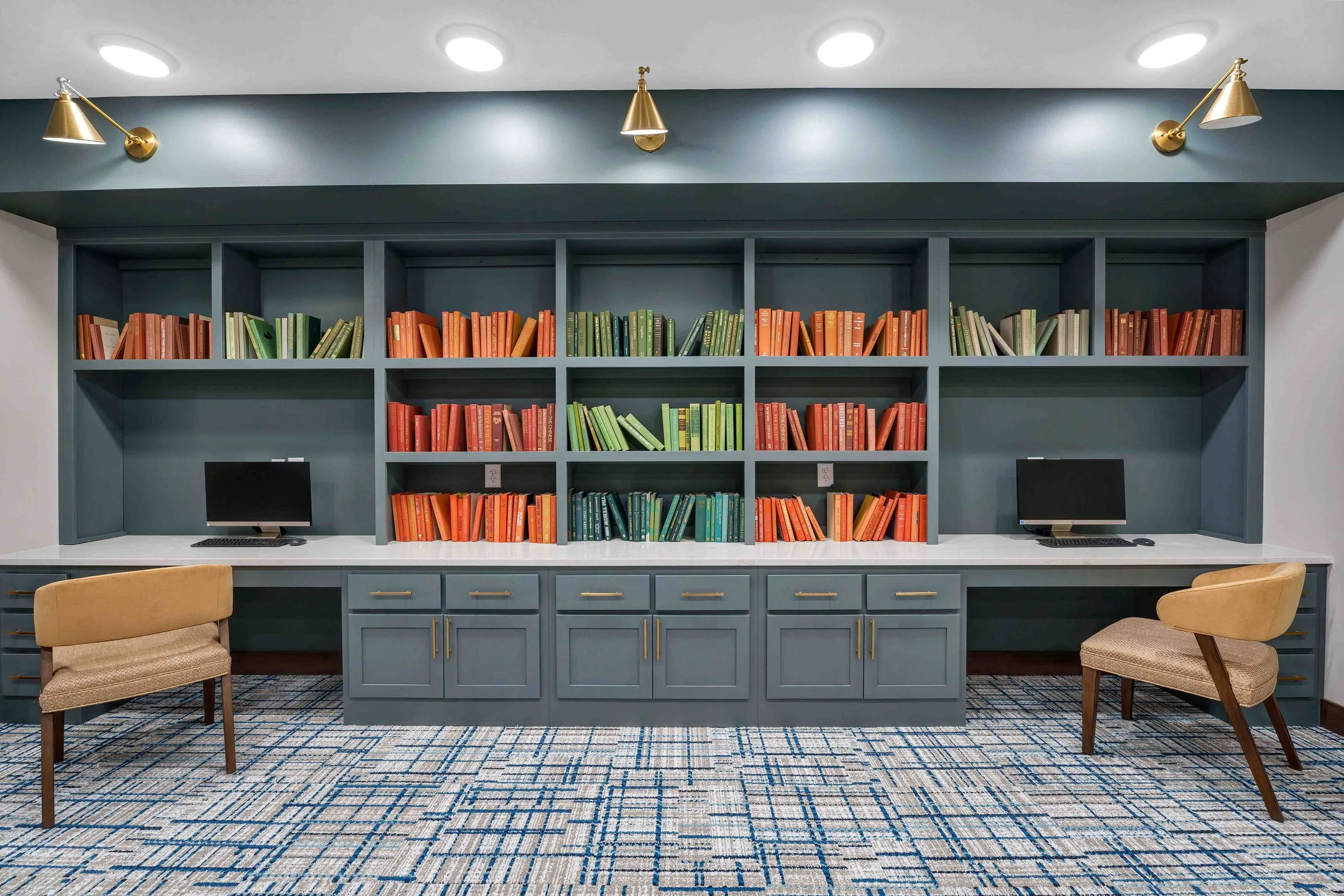What Churches, Senior Living, and Libraries Have in Common: Designing for Connection and Lifelong Learning
At first glance, churches, senior living communities, and libraries may seem like very different building types. One serves worship and fellowship, another supports aging with dignity, and the third fosters learning and discovery. Yet at their core, each of these spaces exists for the same reason: to bring people together, nurture growth, and strengthen community.
As architects, we see these environments not as separate categories, but as connected expressions of the human need for belonging and meaning. Designing them well means understanding how space can shape experience; how layout, light, acoustics, and accessibility can all invite connection and curiosity.
Spaces That Foster Connection
In every one of these settings, community is the heartbeat. Churches create places for worship, fellowship, and outreach. Senior living environments cultivate daily opportunities for residents to gather, share meals, and form relationships. Libraries offer public spaces that draw people of all ages together, from story time in the children’s area to study groups and civic meetings.
The architectural challenge is remarkably similar: how do we create spaces that bring people together while still offering moments of comfort and reflection? The answer often lies in the balance between openness and intimacy. Flexible gathering zones, visual transparency, and a thoughtful rhythm of public and private spaces allow people to choose how they connect, and that choice is what makes a space feel truly welcoming.
Environments That Encourage Lifelong Learning
Learning doesn’t stop at graduation; it continues through every stage of life. In churches, education happens through small groups and faith formation. In senior living, it’s about engagement, curiosity, and cognitive wellness. Libraries, of course, are the civic expression of lifelong learning, evolving from book repositories into hubs for creativity, technology, and collaboration.
Across these environments, design can encourage exploration. Natural light, intuitive circulation, and flexible multi-use spaces all invite people to linger, participate, and discover something new. The best buildings become living classrooms, places where the architecture itself sparks curiosity.
Spaces That Evolve With Their Communities
Another shared thread among these project types is adaptability. Congregations grow and change. Residents’ needs shift over time. Libraries continuously reimagine how they serve their patrons. Architecture must respond to this evolution, not resist it.
At Vessel, we design spaces that anticipate change. Modular layouts, movable furnishings, and technology-ready infrastructure allow our clients to evolve without losing the essence of their mission. Whether a sanctuary becomes a performance venue, a library hosts a pop-up makerspace, or a senior living commons doubles as a town hall, the goal is the same: spaces that serve people today, and remain relevant tomorrow.
Designing for Human Flourishing
Ultimately, what churches, senior living communities, and libraries have in common is a commitment to human flourishing. They are places where people come to connect, grow, and find purpose, individually and together.
As architects, our role is to give form to that purpose. Through thoughtful design, we help our clients create environments that support not just function, but meaning. Spaces that teach, heal, and inspire. Spaces that remind us that architecture is, at its best, an act of service to the 6community.





